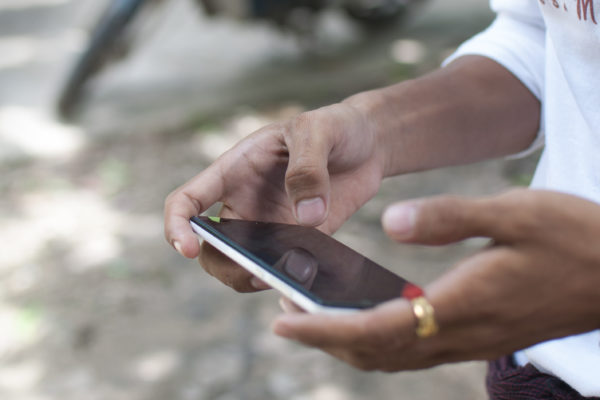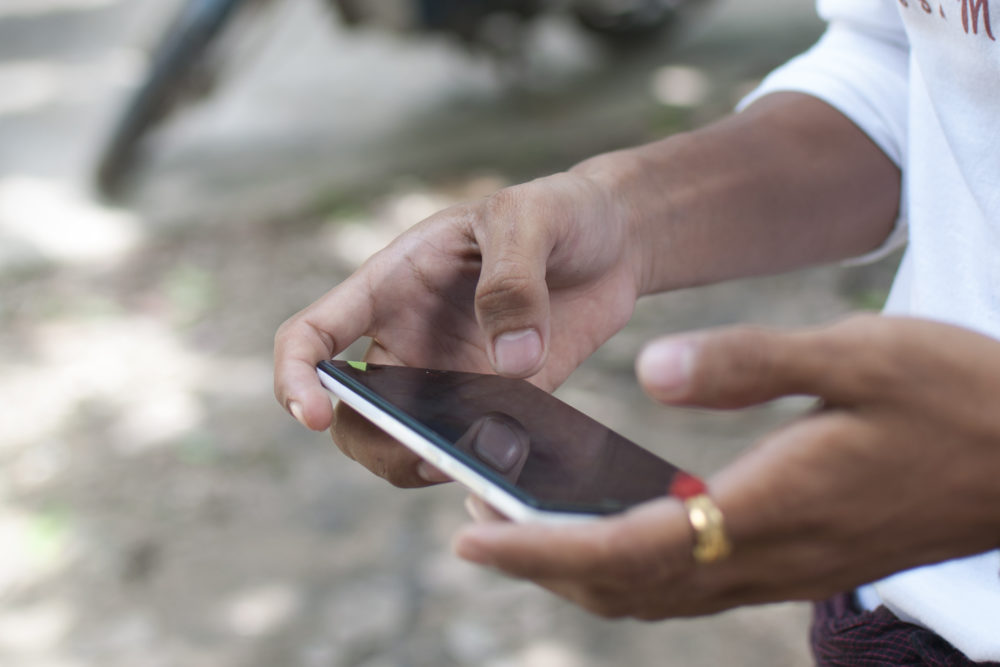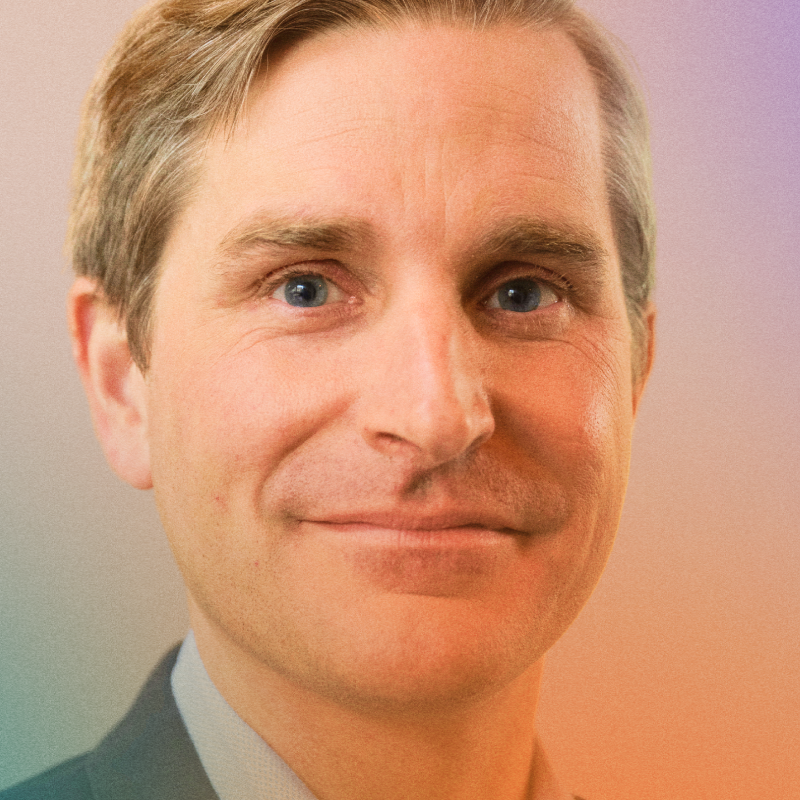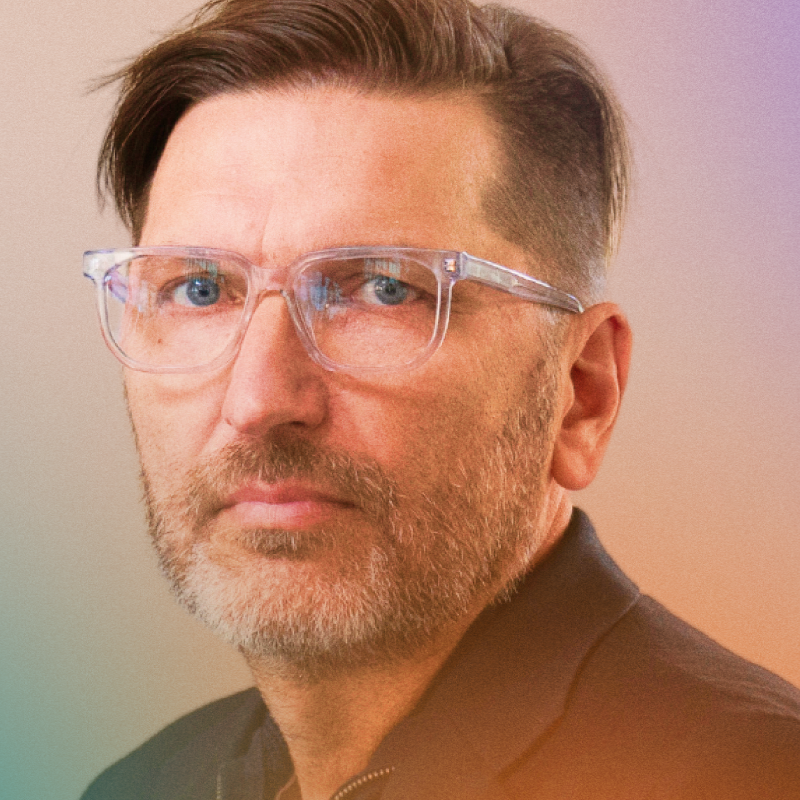Can digital literacy and Equal Rating solutions help connect the unconnected?
Today, 4 billion people live without the internet. There’s a global debate about how to connect the unconnected, but it’s often dominated by assumptions and not a lot of data or talking to actual users on the ground.
To better inform this issue, Mozilla recently supported a series of focus groups to investigate how and why people use subsidized services in India, Myanmar, Peru, Kenya, Nigeria, Rwanda and South Africa. Today, we’re releasing the results of this research carried out by Research ICT Africa, LIRNEasia and IEP.

Why do we care?
Many companies and organizations are working to connect the unconnected. For us at Mozilla, it is our mission to ensure the internet is a global public resource that’s open and accessible to all.
We’ve focused our work in this space on a concept we call Equal Rating. Building on Mozilla’s strong commitment to net neutrality, Equal Rating models are free of discrimination, gatekeepers, and pay-to-play schemes. Equal Rating stands in contrast to zero rating business models, which reduce the cost to zero only for some sites and services. We’ve pursued this through policy engagement with governments, an innovation challenge to catalyze new thinking in providing affordable access, and this research.
What did we ask?
- What barriers are keeping people offline?
- Is zero rating serving as an on-ramp to the internet?
- Why and how do people use subsidized services?
- Do people move beyond subsidized services, or do they just stay in the subsidized walled garden?
- How does use of subsidized services affect future internet usage?
What did we find?
Zero rating is not serving as an on-ramp to the internet
In all countries surveyed — excluding India where zero rating has been banned by the regulator — focus groups revealed that users are not coming online through zero rated services. While more research is needed, if zero rating is not actually serving as an on-ramp to bring people online, the benefits seem low, while the resulting risk of these offerings creating an anti-competitive environment is extremely high.
People use zero rating as one of many cost saving strategies
This research revealed that people who use zero rated services usually also have full access to the internet, and make use of zero rated and subsidized data services as one of many money-saving strategies, including:
- Use of multiple SIM cards to take advantage of promotions, better reception quality, or better prices for a given service.
- Use of public Wi-Fi. For example, many buses in Kenya now provide Wi-Fi access, and participants reported being willing to wait for a bus that was Wi-Fi-enabled.
- Tethering to mobile hotspots. In South Africa and India, users not only share data but also promotions and subsidized offers from one phone to another.
- Earned reward applications (where users download, use, or share a promoted application in return for mobile data/credit). The research indicates that most users tend to play the system to get the most credit possible and then abandon the earned reward application.
- While users, especially in the African studies, report skepticism about whether zero rated promotions are truly free, partially subsidized bundles are popular. Notably, many of these offerings are Equal Rating compliant.
Some, particularly rural and low income users, are trapped in walled gardens
While zero rated services tend to be only part of internet usage for most users studied, some users are getting trapped in the walled gardens of these subsidized offerings.
- In particular, low income respondents in Peru and Rwanda use zero rated content for much of their browsing activity, as do rural respondents in Myanmar.
- Awareness matters: in Myanmar, respondents who know they are in a zero rated walled garden (e.g., due to lack of photos and video) are more likely to access the full internet beyond the walled garden.
- But, when Facebook is subsidized without impacting user experience, users tend to concentrate their usage on that single site, demonstrating concerns around the anti-competitive effects of zero rating.
Digital illiteracy limits access for connected and unconnected alike
Infrastructure and affordability are commonly cited barriers to internet access around the world; yet, this research also points to a third important barrier: digital literacy.
- Users and non-users alike do not understand all that the internet can offer.
- Users generally restrict their internet use to a few large websites and services.
- A lack of understanding about the internet and internet-connected devices exacerbates misconceptions and spreads fear around privacy, security, and health, which in turn undermines use of the internet. One Kenyan respondent said of non-users: “there are some assumptions that they can get diseases transmitted to them like skin cancer through the use of the internet.”
Many companies and NGOs are already doing great work to advance digital literacy, but we need to scale up these efforts.
Competition, literacy, language, and gender are also barriers to internet access
This research highlighted a series of consistent and persistent barriers to access.
- While 95% of the world has access to an internet signal, far too often, users have access to only one, low quality provider, usually the most expensive option in their country.
- Without basic literacy, some respondents cannot access the internet. As one respondent in rural South Africa said, “if you cannot read or write you cannot use internet, many people in this community are not educated and I believe most of them want to be able to use internet because it makes life easier.”
- Others in Myanmar, Peru, and Rwanda cite the lack of local language content and tools as keeping them from coming online.
- Evidence of a gendered digital divide is seen throughout all of the countries studied, with some women afraid of “breaking the machine” while others say social stigma, domestic abuse, negative impressions, and housework obligations limit their use of the internet.
These are just some of the highlights and interesting findings. We have results from nearly 80 focus groups in these seven countries. For more detailed information, the country summaries and full reports are available here.
Next steps to bring the next 4 billion online
Mozilla supported this research to help better inform what we believe is a global imperative to bring the world’s 4 billion unconnected people online to access the full and open internet.
Based on these findings, we believe the internet needs:
- The development of more Equal Rating compliant models, many of which seemed to be quite popular with research respondents and provide access to the full diversity of the open internet, not just some parts of it.
- Further investment in digital literacy training, especially in schools, on devices, and in retail outlets. For more information about Mozilla’s digital literacy efforts, see our recent Digital Skills Observatory study.
- Work on all barriers to access to address infrastructure investment especially in rural areas, affordability, local content and local language tools, and gender equality.
Bringing the full internet to all people is one of the great challenges of our time. While we know there is more research needed, this research better informs the global debate on how to connect the unconnected, and makes clear the challenges ahead. We are committed to tackling these challenges but we know it will take all of us — tech companies, telecom companies, governments, civil society groups and philanthropists — working together to get everyone online.
We’d like to thank the researchers at Research ICT Africa, LIRNEasia, and IEP, as well as Jochai Ben-Avie (who manages all our Equal Rating work) and Peter Cihon (our awesome summer intern) who helped analyze this research.



